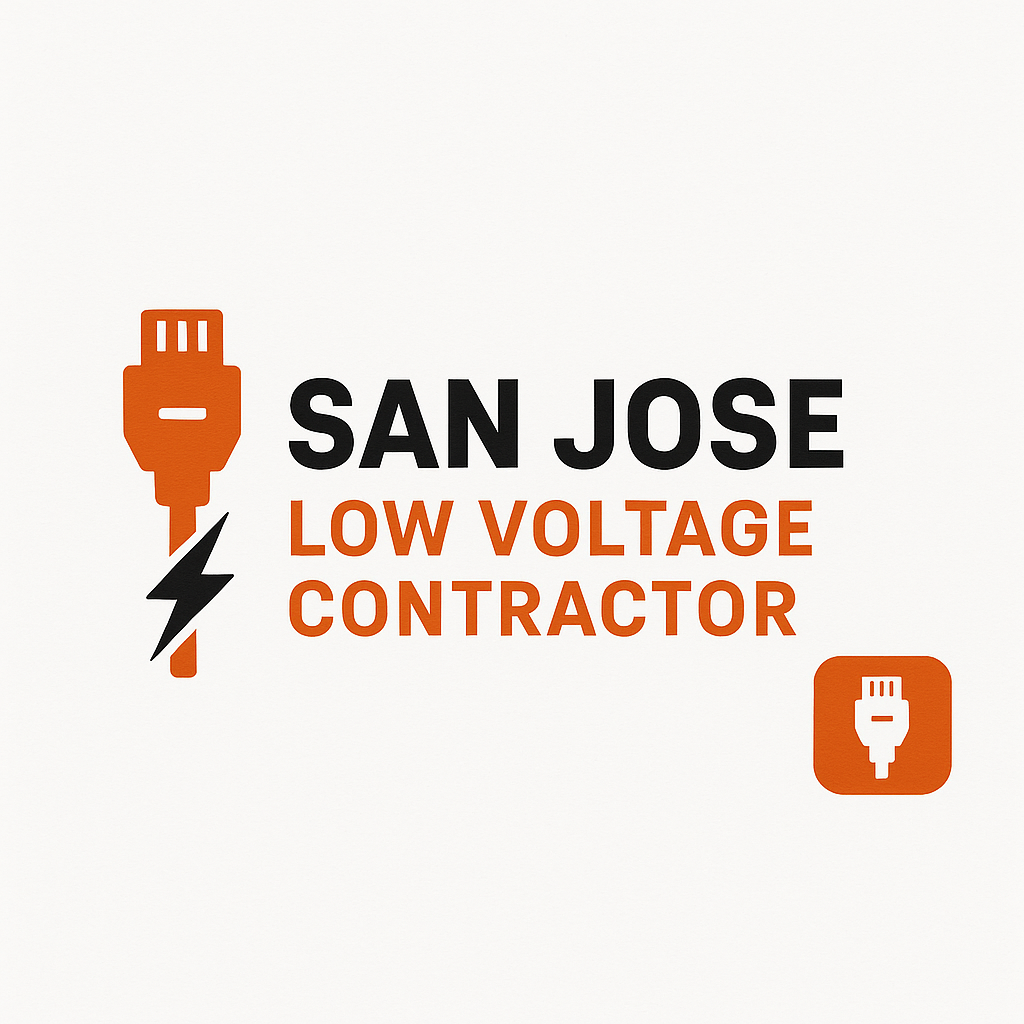Expert Guide to Data Center Cabling Solutions in San Jose | Best Practices & Insights
In the heart of Silicon Valley, San Jose hosts a dense concentration of data centers serving cloud, enterprise, and internet infrastructure needs. For facility managers, IT directors, and operations engineers in the region, mastering effective cabling solutions is essential. This blog dives deep into best practices, design strategies, and local considerations for implementing high-performance cabling in San Jose’s data centers.
Why Cabling Matters in Data Centers
A well-designed cabling system is the backbone of data center performance. It supports high bandwidth, reliable connectivity, and scalability. Poor cabling can lead to signal degradation, downtime, difficult maintenance, and costly upgrades. In San Jose’s competitive tech environment, downtime or network issues translate directly to reputational and financial risk.
Key Considerations for Data Center Cabling in San Jose
1. Future-Proofing Capacity
Data growth is relentless. Ensure cabling supports at least the next generation of network speeds. Many new data centers adopt fiber backbones with modular copper runs for short links. Planning for migration paths (e.g. from 10 G to 100 G to 400 G) reduces physical rework.
2. Choosing the Right Media: Fiber vs Copper
- Fiber Optic Cabling: Preferred for long runs and backbone connectivity. Offers high bandwidth and immunity to electromagnetic interference.
- Copper (Twisted-Pair / Twinax): Useful for short runs (e.g. within server racks) where cost and power are considerations.
Hybrid architectures combining fiber backbones with copper for the final hop often balance cost and performance.
3. Topology & Structured Cabling Design
Implement a logical, hierarchical design:
- Core / Backbone Layer: Main fiber rings or mesh designs connecting major zones.
- Distribution / Aggregation Layer: Intermediate switches and cross-connects.
- Access Layer / Server Racks: Final patching to servers and storage arrays.
Structured cabling ensures that pathways, conduits, and patching infrastructure follow standards, which simplifies changes and troubleshooting.
4. Cable Management & Pathways
Proper cable trays, ladder racks, vertical managers, horizontal managers, and labeled trays are critical. Overcrowded or mismanaged pathways hamper airflow, maintenance, and isolation. Organize cables by service class, length, and performance category to avoid tangling and interference.
5. Redundancy & Diverse Routing
Design cabling routes to avoid single points of failure. Use physically diverse paths for redundant links. In San Jose, where seismic risk exists, route diversity and slack loops (extra length) are particularly critical to allow movement and repairs without signal loss.
6. Labeling & Documentation
Each run should be clearly labeled at both ends. Maintain up-to-date documentation, floor-plan maps, port lists, and diagrams. This helps rapid troubleshooting and future changes.
7. Testing, Certification & Quality Assurance
After installation, all cabling must be tested and certified to the target standard (e.g. ANSI/TIA, ISO/IEC). This verifies performance and ensures warranties. Use certificated testers, and keep records for audits and compliance.
8. Environmental & Electrical Considerations
Cabling must minimize heat load and avoid interference sources. Keep power (especially high-voltage or large current lines) separate from signal cables. Pay attention to bend radius, cable fill rules in conduits, slack loops, separation from vibration sources, and support for airflow.
9. Maintenance, Scalability & Modularity
Expect and plan for periodic upgrades or reconfiguration. Modular patching, spare pathways, and spare capacity in conduits/trays reduce disruption. A modular approach allows incremental upgrade with minimal downtime.
San Jose–Specific Factors to Consider
A. Seismic Activity
In Silicon Valley, seismic safety is a concern. Use flexible cable supports, slack loops, anti-vibration mounts, and routing that tolerates movement. Ensure that cable trays and racks are secured to code for earthquake zones.
B. Cooling and Power Constraints
Silicon Valley data centers often push high density. Cabling must coexist with intense cooling and power systems. Efficient cable management helps preserve airflow and reduces hotspots. Avoid overly dense cable bundles that block air paths.
C. Regulatory & Building Codes
Data centers in San Jose must comply with California building codes, electrical codes (CEC/NEC), and possibly seismic retrofit standards. Cabling installations must meet fire ratings (e.g. plenum, riser) and ensure fire barriers in shafts or walls.
D. Local Talent & Vendor Options
San Jose’s proximity to many tech firms means access to cabling vendors, trained installers, and specialized parts. Use local providers familiar with Silicon Valley standards and expectations to reduce lead times.
Best Practices Summary
| Practice | Benefit |
|---|---|
| Plan for future bandwidth | Minimize rework and support scaling |
| Use hybrid media | Balance cost with performance |
| Structured topology | Clarity, modularity, maintainability |
| Proper cable management | Maintain airflow, organization, safety |
| Diverse routing & redundancy | Increased reliability and resilience |
| Labeling & documentation | Faster troubleshooting and change management |
| Certification & testing | Ensures quality and compliance |
| Seismic and environmental design | Protection in local conditions |
| Modular design | Facilitates upgrades with minimal disruption |
Conclusion
Effective cabling solutions are foundational to high-performance, resilient data centers in San Jose. By emphasizing scalable design, proper media choice, structured layouts, redundancy, and compliance with local seismic and regulatory constraints, facility leaders can ensure that their infrastructure grows with demand while minimizing disruption and risk. Whether designing new installations or upgrading existing ones, applying these principles helps data center operations remain competitive, reliable, and future ready in Silicon Valley.
